I challenged myself to earn 100,000 USDT with 500 USDT (about 3,800 RMB) using a ladder-style rolling strategy:
This is also a method I personally tested this year in 2025: Achieving a return rate of 1483.67% in one month, earning 100,000 USDT!

In the first phase, use 100U per trade as the unit, focusing on hot coin contracts, strictly setting a 3%-5% stop-loss and an 8%-15% take-profit.
Using the classic three-stage mode: 100U → 200U → 400U → 800U (reinvesting all profits each time).
Special note: The limit for challenges is set at 3 times; even if the first 9 times are successful, one liquidation can wipe out profits.
After successfully passing three challenges, the capital will accumulate to 1000U + 200U in reserve. At this stage, a compound strategy system will be activated:
[Lightning Battle+] Ultra-short cycle speculation.
Allocation ratio: 15%-20% position (150-200U).
Focus on targets: mainstream coins like BTC/ETH.
Time frame: 15-minute level volatility.
Profit and loss characteristics: High volatility (daily returns can reach 20%+, with equivalent pullback risks).
[Position Battle+] Strategic layout
Allocation ratio: 5%-10% position (50-100U).
Operation mode: 10x leverage layout for 4-hour level market
Profit management: Withdraw 50% of profits weekly to invest in BTC.
Core advantage: Balancing short-term volatility with long-term value accumulation.
[Annihilation Battle+] Trend capture
Allocation ratio: 20%-30% flexible position.
Operation requirements: Must meet ① clear trend line breakout ② RSI <30/70 oversold buying area ③ significant volume changes over 3 days.
Holding period: 3-15 days for medium-term holding.
Risk control points: Set a risk-reward ratio above 1:3 and adopt a trailing stop-loss strategy.
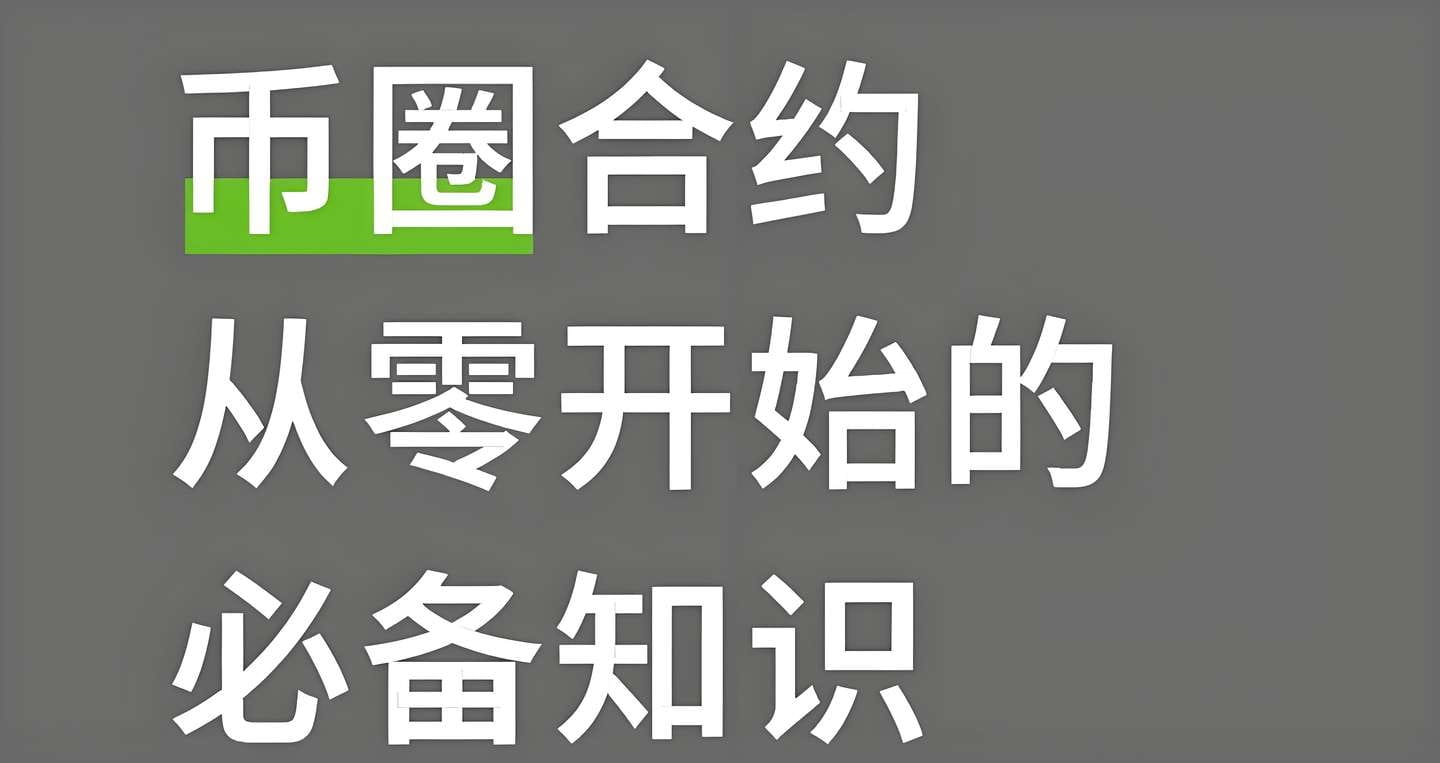
Is it really that far-fetched to make 1 million in the crypto world?
In fact, feasible paths have always existed; it’s just that many people either fail to notice or lack the courage to take the first step.
First: The path of steady and solid regular investments.
The safest method is to prepare 50,000-150,000 RMB and convert it into USDT, storing it in leading exchanges.
Formulate a simple regular investment plan: Fixed monthly investment, allocate 50% to BTC, 40% to ETH, and the remaining 10% to SOL.
The core is not to stare at the market or operate blindly, but to stick to plans for 3-5 years. There is hardly any competition on this path, and the success rate is very high; most people can reach the million goal by doing this.
Second: The path of deepening hardcore skills.
Suitable for technical players. If you want to make a million by grabbing airdrops and securing new chain qualifications, you need to master hardcore skills: Python scripting, remote server operations, bulk wallet management...
By mastering these skills, you can become a 'chain farmer' and accumulate profits through daily airdrop hunting.
However, this path has a high threshold and significant learning costs; every penny earned is real hard-earned money.
Third: The path of accurately selecting coins for speculation.
If you don’t want it to be too boring but have some luck and judgment, you can try betting on early explosive coins.
For example, find those small coins that have increased more than tenfold; there must be wind support behind them and big players backing them.
But this requires sharp information sensitivity—mixing in the right circles, seeking advice from the right experts, and having precise judgment. Choosing wisely and daring to take profits allows you to walk steadily on this path.
Compare these three paths and see which one suits you. More importantly, are you willing to withstand the monotony and pressure for the sake of making money?
If you can accept it, start taking action now, don’t just stay in imagination.
Of course, there are 'shortcuts' in the crypto space, such as issuing coins or creating trading platforms. These seem easy but require sufficient knowledge and resources; otherwise, you can easily face major setbacks.
Choose the right path, steady and solid, to go far.
After all, a single tree cannot make a forest, and a lone sail cannot travel far. Having a reliable team to point the way is always better than going it alone—I have always been here!
In the crypto world, making 1 million depends on either riding a bull market and holding on, betting on a coin that skyrockets, or using high leverage to bet in the right direction. But most people lose money, so don't just look at get-rich stories; first think about how much risk you can bear.
If you are also a tech enthusiast in the crypto world, click on the coin homepage.
Click on my avatar to follow me and receive first-hand information and in-depth analysis!

After liquidation, I learned from a 1500% return account: Trading is a system, not price.
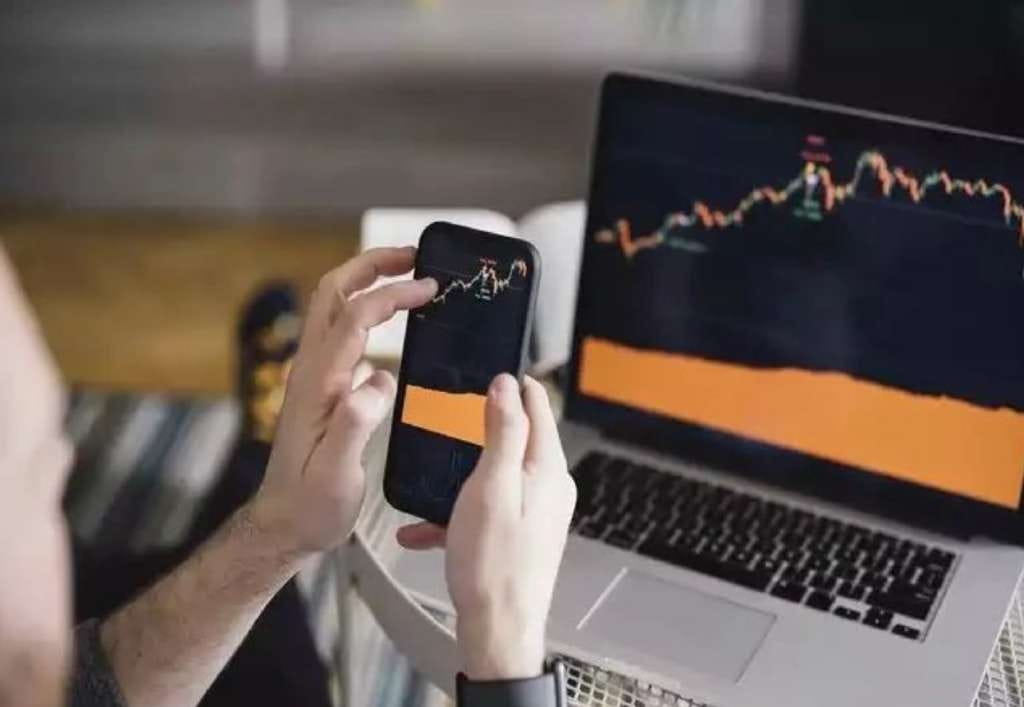
When talking about liquidation, I used 10 ways to illustrate where I made mistakes, such as:
I bought this price too late;
Short-term kill on both long and short, didn’t hold;
Stop-loss was set too tight, just hit the stop-loss and then rebounded and so on.
........
After saying this, I asked: What do you think? My friend pondered for a moment and replied: I don’t think much; trading is not just about price but about the system, but I didn’t hear you mention having a trading system.
Later, he elaborated on the rules of the trading system, from which I benefitted greatly. I simply整理了一下, and I am sharing it with everyone.
1. With a trading system, even a layman can profit.
Many people believe that trading is about making profits through price fluctuations.
However, price fluctuations themselves possess significant uncertainty; whether in technical or news aspects, there will always be deviations from expectations, and how you perceive these deviations will directly impact your trading results.
What is required here is not only the skill of watching the market but also the timing of opening and closing positions, position management, and mindset. This is the trading system.
The earliest trading system, in my opinion, was the grid trading method. Find a volatility range, divide it into many equal distance grids, set an initial position, and buy every time it drops a grid, sell every time it rises a grid.
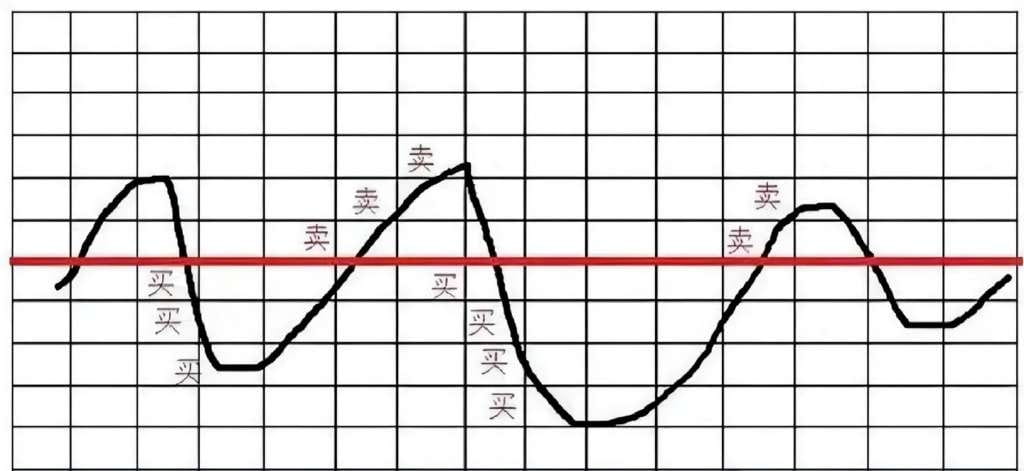
The grid trading method was invented by American mathematician Shannon, who didn’t understand the market at all but managed to dominate the stock market using the grid trading method, which is incredible.
But if you review after the fact, you will find that the grid trading method at least got three points right:
Follow the discipline, trade according to the grid;
Not influenced by human nature, not arbitrarily adding positions;
Strict position management; Shannon's strategy uses the Kelly formula f=(pb-q)/b to calculate the optimal position ratio.

This basically covers all the elements required for a trading system. So, it’s not about price, but about the system, allowing 'layman' Shannon to succeed in the market.
2. It is a system, not a price.
Traders with trading systems never complain about the buying price.
For example, in the following market trend, according to the requirements of the Dow Theory regarding normal upward trends, the highs and lows of the market should rise simultaneously. If you are an aggressive investor, you might already consider shorting when the market breaks below price 1.
If you are a bit cautious, the prices 2 and 3 correspond to previous stage bottoms, both are entry opportunities.
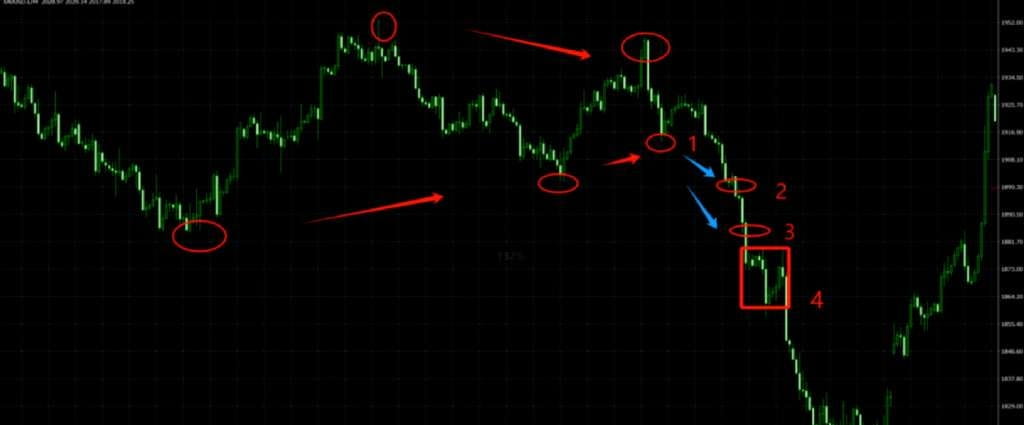
If you still missed it, and the market at price 4 failed to form a bottom, along with the emergence of a large bearish candle, there’s still an opportunity to short. You see, in a trending market, as long as your trading system includes one or several such entry indicators, you will ultimately participate, as long as you strictly follow your own system.
This is not absolute either; as mentioned earlier, prices are also uncertain. For example, at the end of this wave, although the overall trend appears flat and shows signs of bottoming out, it still conforms to the normal trend of decline. If you unfortunately chase a short position here, your stop-loss will determine the extent of your loss control.
I recommend setting the stop-loss at 20%-30%, which aligns well with the 3:1 risk-reward ratio requirement. A 3:1 risk-reward ratio ensures that you can protect your capital even during multiple losses, which is what we often say: 'You only need to be right 3 out of 10 trades.'
If your trading system has such a trigger mechanism, your loss position will exit near 1850. But don’t panic; you will soon find that the market has shown a normal upward trend, breaking previous resistance levels at prices 1, 2, and 3, which are all very good entry points.
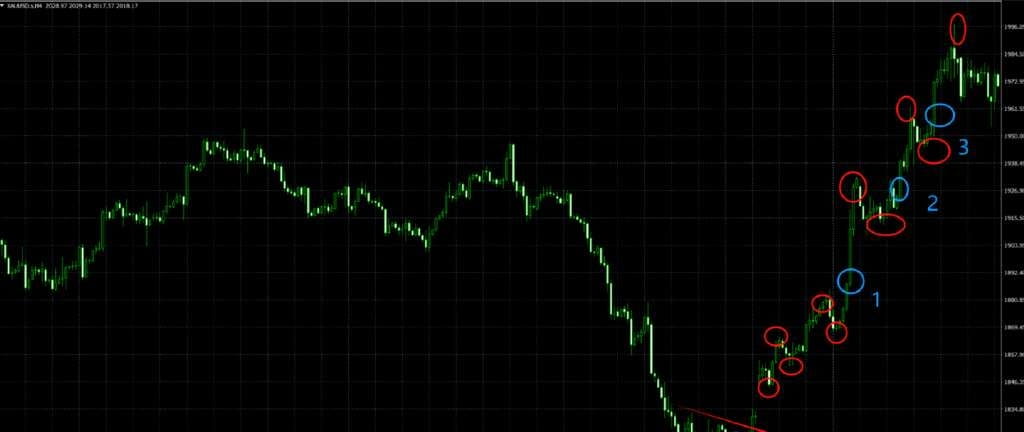
A mature trading system must have a complete mechanism for triggering entries, exits, stop-losses, and take-profits. Once these mechanisms form a closed loop, they continuously provide you with trading opportunities.
This market trend is based on a 4-hour snapshot, situated between short-term and daily trading, representing a more typical scenario in trading. Some experienced investors also calculate the strength of rebounds and pullbacks based on the frequency of 4-hour fluctuation points.
3. Protect capital and profits.
Trading is for profit, but more importantly, it’s to protect capital.
The author of the Chande theory has repeatedly mentioned that only zero-cost trading is risk-free. In plain terms, this means using accumulated profits to trade; even if you incur losses, as long as the capital remains, there is still infinite potential in the future.
Of course, ordinary investors find it difficult to trade this way, but learning to exit in batches is also a very necessary part of improving the trading system.
For instance, in this market trend, if you bought at the peak, consider exiting at prices 1, 2, and 3, as key support and resistance levels typically coincide with dense order positions, making price reversals likely. Exiting in batches ensures profit protection at different extension levels.
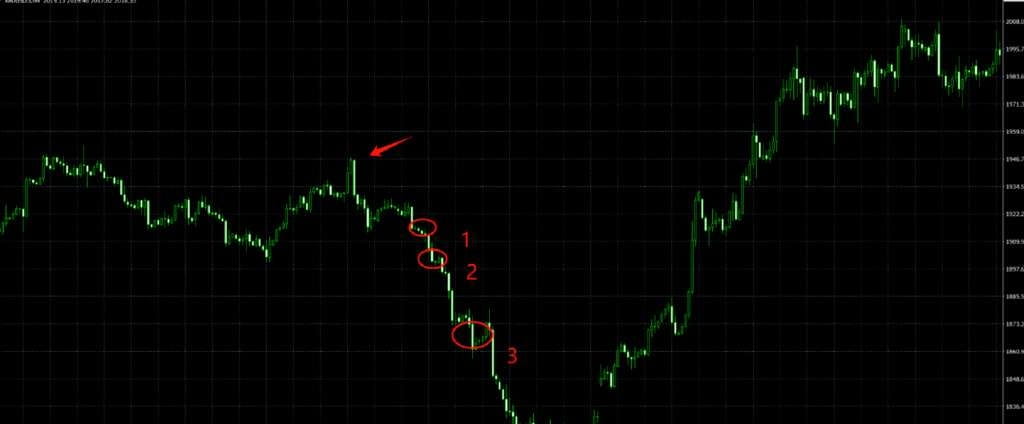
4. Learn to coexist with fluctuations.
Price fluctuations are divided into consolidation and trends, but consolidation accounts for 70%, while trends only account for 30%. Therefore, most of the time the market leaves us not with excitement, but with consolidation.
But this does not mean that there are no trading opportunities during consolidation. A market that moves 30 points can still yield profits if you correctly identify the range and execute high sells and low buys, repeatedly going through this tedious process.
Once a breakout occurs, it is mostly the end of the consolidation phase, leading to a short-term trend. At this point, trade with the trend, ensure to set profit-taking and stop-loss points, and stay alert to the return of fluctuations. This is a complete trading cycle. If you understand these, your trading system can switch freely among different phases of the market.
This concept was actually first demonstrated in Wyckoff’s price cycle. The consolidation range we observe corresponds to the accumulation area and the distribution area, while trending markets occur during times of supply and demand imbalance.
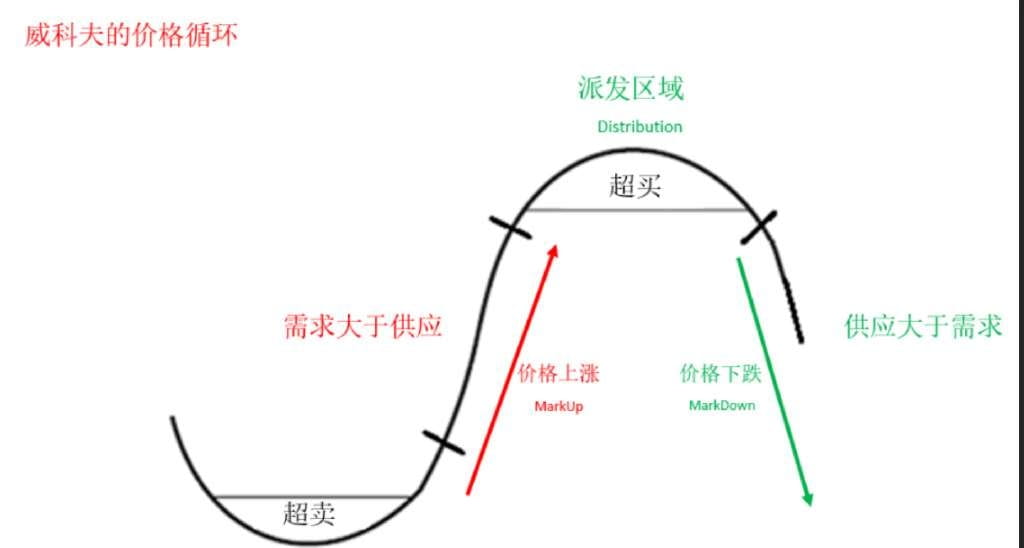
The difficulty of trading in a consolidation market lies in how to identify false signals.
In the Wyckoff trading method, a spring effect is believed to exist, where the market may briefly drop below the consolidation range but then rise back to the top from the bottom of the range. The spring effect is a process of shaking out positions, so it won't last long; thus, your trading system should not only set stop-losses but also recognize price signals for breakouts.
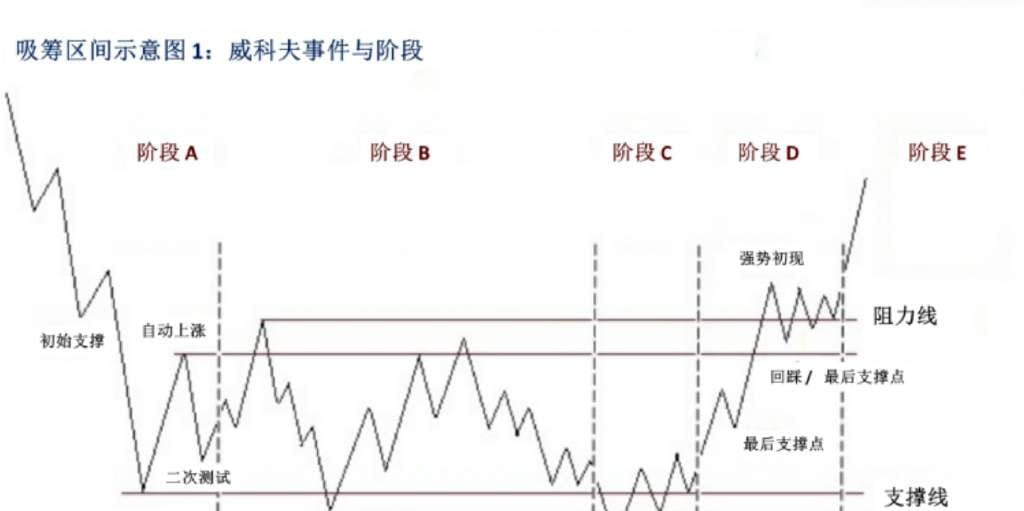
When multiple candlesticks repeatedly test and fail to revert above the consolidation range, it indicates a valid breakdown; conversely, it is a process of shaking out positions. A mature trading system will also consider the time factor in addition to price.
In (Wyckoff 2.0), you will also see higher-level judgment methods regarding accumulation and distribution, introducing transaction volume data within the framework of time and price.
By analyzing transaction volume, you will find that the consolidation range is precisely the area where chips are dense. Typically, market initiation occurs because one side has digested the other's chips and gained price control, so price breakthroughs are usually accompanied by decreased volume.
Therefore, by analyzing the dense transaction volume area, we can determine the value range in advance, understand the fluctuation range, and provide references for grasping consolidation trends.
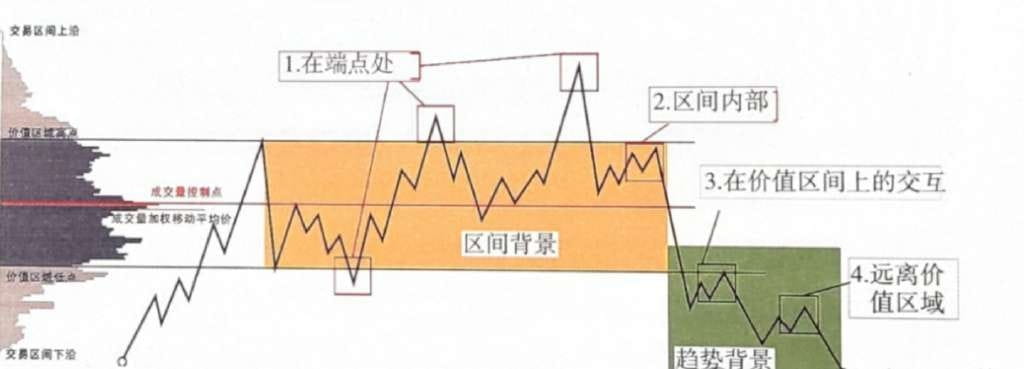
Finally, I particularly like a saying: A trading system is a set of rules that monitor market trends while restraining human nature.
A trading system is a complex collection that encompasses skills, mindset, and self-discipline. Many people may not be ignorant of market logic, even well-versed in various rules of technical analysis. However, they are unable to overcome the weaknesses of human nature, chasing highs and cutting losses, exiting with small profits, and holding onto big losses, missing opportunities time and again in the face of market uncertainty.
However, the best way to avoid uncertainty is to face it head-on, control risks with profit-taking and stop-losses, protect capital and profits by exiting in batches, and strictly adhere to trading discipline, so that thinking can genuinely transform into a profitable handbook.
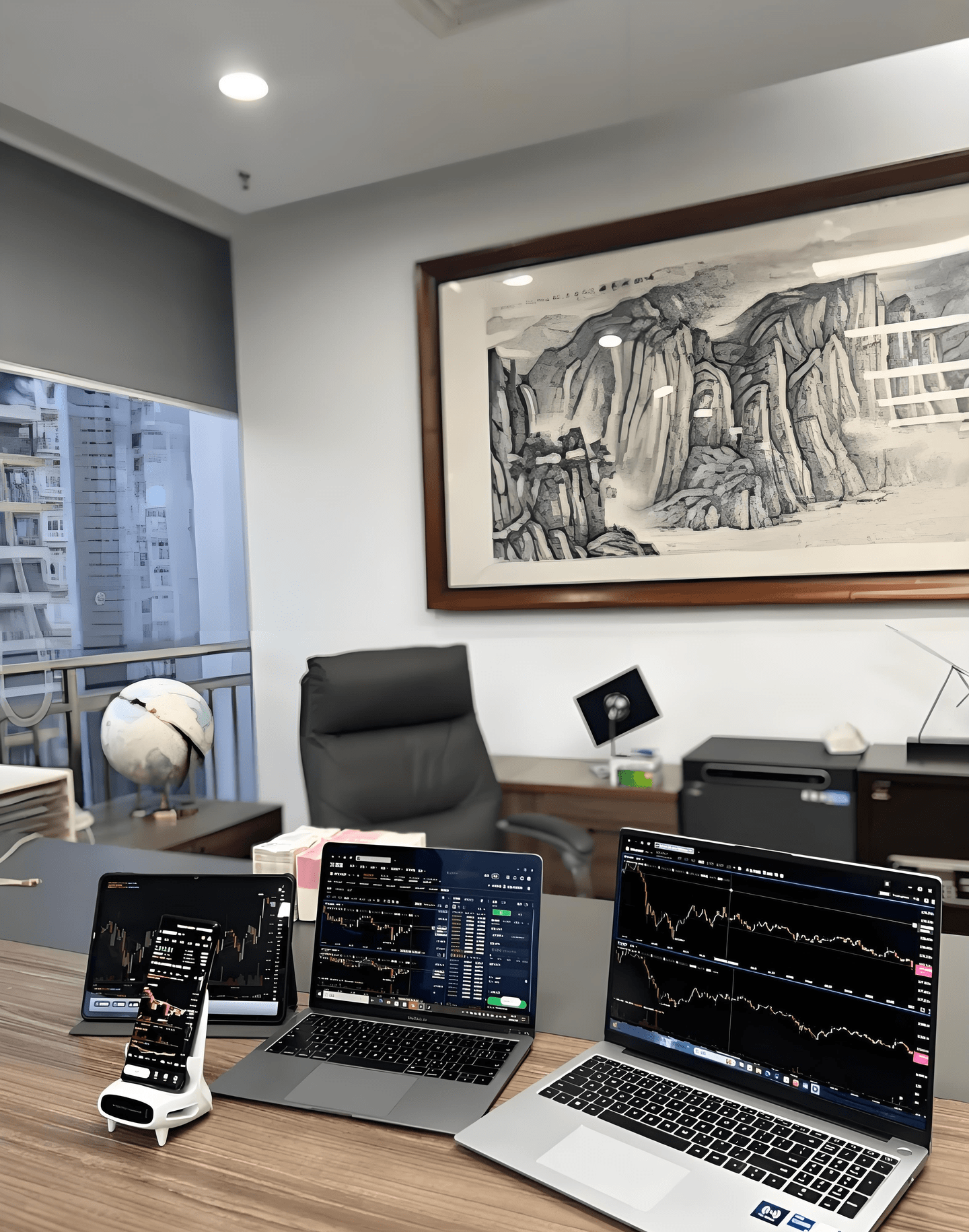
Having been in the crypto world for so long, I have always adhered to a 'simple method'—it looks unremarkable but can steadily yield profits. The core idea is simple: follow the rules and don't overthink.
First filter out the coins you can watch.
Coins that have surged on the rankings within 11 days should be added to the watchlist. But there’s a rule: If they drop for more than 3 consecutive days, kick them out. Such coins are likely where funds have made enough profit and exited, so stay away.
Let's see if the long-term trend is supportive.
Open the candlestick chart, switch to the monthly level, and only keep those where the MACD has crossed bullishly. A monthly bullish crossover indicates that the major trend is upward, helping you filter out the 'weak coins' that cannot be supported.
Find a precise entry point.
Switch to the daily chart, keeping your eyes on the 60-day moving average:
- Wait for the coin price to pull back near this line, then match it with a strong K-line, and then go in heavily.
- Remember, the 60-day line is both a 'signpost' for entering the market and a 'warning line' for exiting.
When selling, it must be methodical; stop-losses are non-negotiable.
After entering the market, follow this set of rules:
- After the wave rises by 30%, sell one-third first;
- Sell one-third when it rises to 50%;
- The crucial point: If the price drops below the 60-day line the day after you buy, regardless of the situation, liquidate all positions! Don’t hold any illusions.
Of course, using monthly and daily charts to filter down, it is rare for prices to break below the 60-day line, but the tension of risk must remain taut. Even if you miss the sell-off, don’t worry; wait for it to meet the entry conditions again, and buy back.
Finally, let me say something heartfelt.
In the crypto world, protecting your capital is more important than anything else. Trading seems to be a competition with the market, but in fact, it’s a battle against your own greed and luck—where you perceive danger might hide opportunities; what seems like an opportunity might be a trap. The temperament of the overall market and individual coins can also vary, so you must be flexible.
In plain terms, it’s not hard to find ways to make money; the difficult part is to act on what you say. The 60-day line must be ingrained in your mind; break it, and you should exit without questioning why. In this market, staying alive is the only way to earn more.
In the crypto world, making 1 million depends on either riding a bull market and holding on, betting on a coin that skyrockets, or using high leverage to bet in the right direction. But most people lose money, so don't just look at get-rich stories; first think about how much risk you can bear.
If you are also a tech enthusiast in the crypto world, click on the coin homepage.
Click on my avatar to follow me and receive first-hand information and in-depth analysis!
